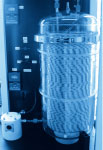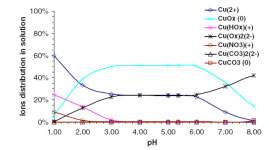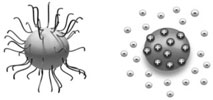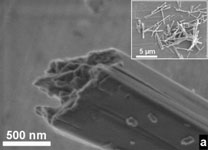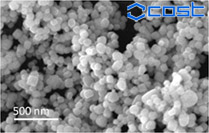Responsable : Paul Bowen
Powder synthesis is at the heart of new discoveries in powder technology – new innovative powders for biomedical applications, nanograined ceramics or self-assembled nanocomposites cannot be ordered from a chemical catalogue. They have to be made – discovered. Precipitation is a very versatile method for powder synthesis and allows a certain degree of control over the size, shape, chemical and crystalline phase composition. To be able to tailor these powder parameters for specific or dreamed-of applications, a certain understanding of the basic mechanisms of nucleation growth and agglomeration are essential.
The approach taken at LTP is at the same time pragmatic and fundamental. Pragmatic in the sense that statistically designed experiments are used to ensure experimental parameters that control precipitation are indeed under control and precipitation products are reproducible. Fundamental in the sense of trying to understand the growth mechanisms from thermodynamic simulations of the species in solution that create supersaturation and control growth as well as influencing surface charge and agglomeration phenomena. The use of polymeric additives to both control nucleation and growth, to modify shape and influence colloidal stability and self-assembly is a strong theme in our research, again backed up to the fundamental level by atomistic simulations.
